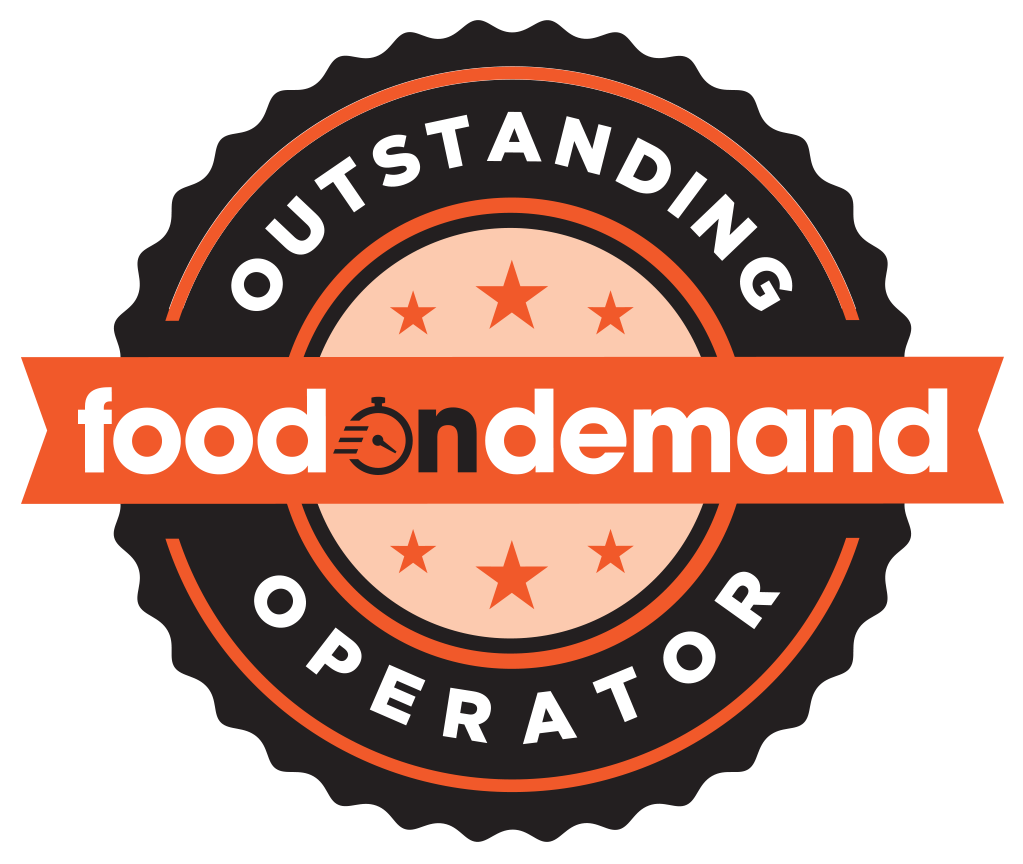Contributing editor, Peter Backman, is a long-term foodservice sector guru and founder of theDelivery.World, a platform that connects the delivery sector and makes sense of the myriad changes and challenges that affect the sector across the globe.
The global rapid (or on-demand) delivery ecosystem has evolved into a half-trillion dollar market that continues to reshape consumer behavior worldwide. As growth rates moderate in core restaurant delivery segments, particularly in North American and European markets, major platforms are strategically diversifying their revenue streams to maintain momentum.
Market data reveals this transition clearly. While restaurant delivery still dominates at 67% of the total market, rapid grocery (25%) and retail delivery (6%) segments are growing significantly faster. This diversification reflects both opportunity and necessity as platforms leverage their existing infrastructure to expand their addressable markets.
Market leaders demonstrate varying approaches to this pivotal strategy. Meituan, commanding the largest market share across all three verticals, has successfully integrated delivery services deeply into China’s digital economy. The company’s $133.5 billion in combined GTV exemplifies how multi-category dominance can create powerful network effects.
Other companies, too, have built substantial businesses across grocery and retail verticals alongside their core restaurant offerings. DoorDash has established a $16 billion presence in these adjacent categories, while Delivery Hero has created a $12 billion rapid grocery business that complements its restaurant operations.
Interestingly, pure-play grocery specialists continue to thrive despite conventional wisdom favoring diversification. Instacart’s dominant position in American grocery delivery with GTV $33.5 billion demonstrates that focused excellence can compete effectively with broader platforms. Newcomers like India’s Zepto, generating $2.3 billion in rapid grocery GTV, show that category innovation remains viable even as the market matures.
The industry is now moving beyond the 15-minute delivery promise, focusing instead on building smart connections between retailers and customers. The future appears to lie not in having the fastest service but in making grocery delivery an invisible, seamless part of daily life—as natural as electricity flowing through our walls.
Looking ahead, the interplay between vertical diversification and operational efficiency will shape the competitive landscape. The Q4 2024 Restaurant Delivery Surge Index, from theDelivery.World, reveals divergent performance across the globe, with Asian and Middle Eastern operators demonstrating robust growth while platforms particularly exposed to European and North American markets face greater challenges. This regional variation suggests local market conditions and company-specific strategies remain significant determinants of success, even as the industry builds on its global reach. The most successful platforms appear to be those that balance category expansion with deep local market understanding.
For investors, delivery platforms, and restaurants navigating this complex ecosystem, it is essential to understand both growth trajectories and absolute scale across multiple verticals. The companies that successfully balance diversification, operational efficiency, and market adaptation appear best positioned to lead the next phase of this maturing market’s evolution.


